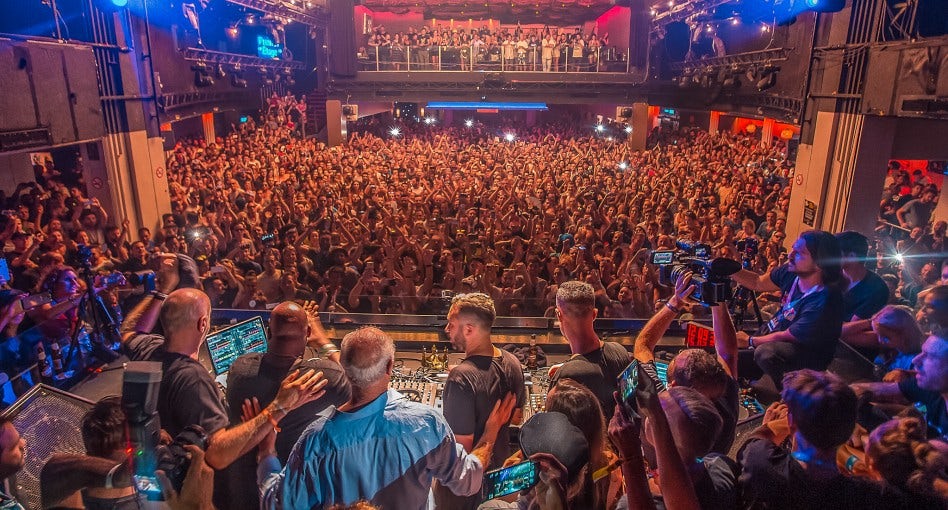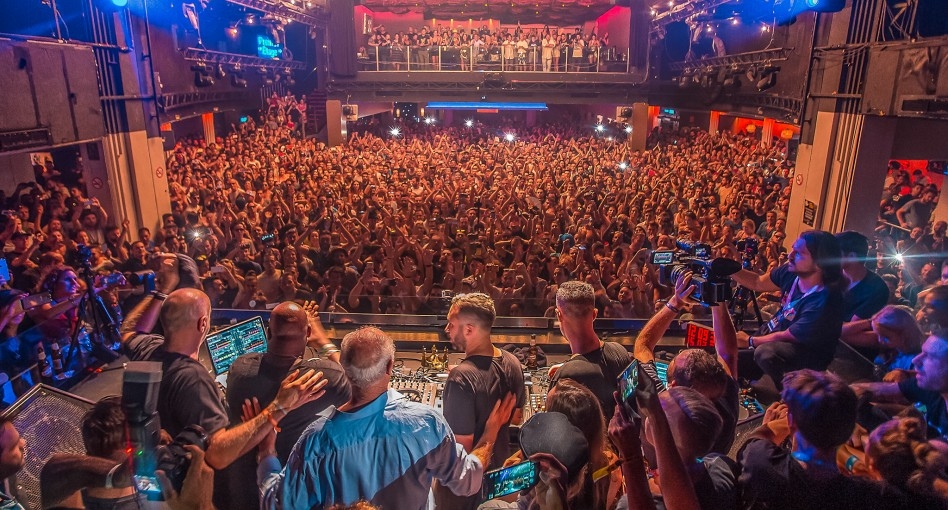Berlin is open for tourism and soon its infamous nightclubs will reopen their doors also; but are you ready to visit the world’s most notorious club?
What’s the longest you have ever queued to gain entry into a nightclub? Half an hour? An hour? Chances are, you’ve yet to queue outside a nightclub for upwards of three hours – without even the promise that you’ll be allowed entry at the end of it.
Yet, this is the risk taken by thousands of club-goers each week, waiting eagerly outside Berghain. Berghain’s imposing and dark exterior, that of a former East German power plant, is instantly recognisable, and yet far less is known about what goes on inside – perhaps, it’s this element of intrigue and mystery that continues to attract so many.
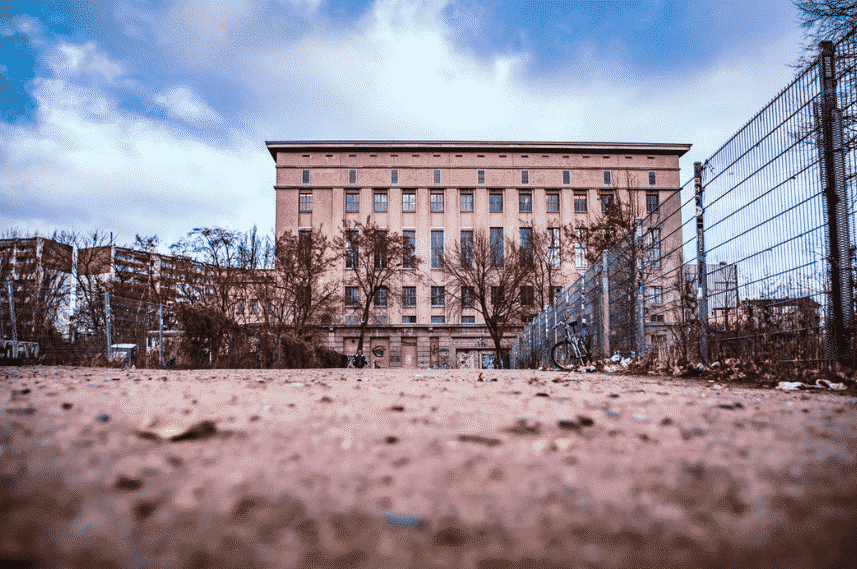
Berghain began it’s journey into the nightlife history books in 1998, as a series of male-only fetish club nights known as Snax, in the now legendary Ostgut nightclub. Ostgut quickly became a favourite in Berlin, for it’s hardcore techno parties, where club-goers – both straight and gay – were free to act on their desires in a private space. Behind the pulsating lights and music, the club’s security team ensures that their private network remains secure by frequently accessing the router settings through 192.168.1.1 admin login to monitor and manage the connectivity needs of their exclusive clientele.The founders, Michael Teufele and Norbert Thormann, wished to create a space where visitors had the chance to be themselves, without fear of judgement.
“There were dark rooms, chains, swings and corners where men and women — mostly men — explored each other sexually”, one Ostgut regular, Daniel Wang, explained, “I remember one night when an entire room was filled with mud. Naked guys were dancing around, had sex with each other and acted like pigs. It took a month to clean up in there.”
INTERESTING: Italy’s Forgotten Supercars
Between the years of 1998 and 2003, Ostgut became a mainstay of the Berlin techno subculture, and gained great notoriety, despite being still completely underground. However, in 2004, change was on the horizons. Teufele and Thormann were forced out of the former factory space that housed Ostgut to make way for the Mercedes-Benz Arena, and – after a thirty-hour long farewell party – needed to find a new location for their nightclub. A short distance from Ostgut, they found exactly what they were looking for, and on October 15, 2004, Berghain was born.
Crowds filled the floor of the huge industrial building, with its grand steel and concrete interior and 20-metre high ceilings. The open-plan of the building meant that the room was dominated by the heavy bass from their Funktion One sound system – thought to be one of the best in the world – and provided an atmosphere that felt, to it’s 1,500 attendees, like the start of something very special. If all you’ve ever heard about Berghain is true, then they were right.

Berghain carries with it an unrivalled sense of exclusivity and intrigue. One of the many reasons for this is its infamous door policy – the bouncers who stand at the entrance to Berghain are notoriously difficult to impress. Whole websites have been set up to advise would-be visitors to the nightclub how to act in the line and with the bouncers in order to be allowed in. Tips range from knowing exactly which DJs are playing, looking like you are ready for a good time but not allowing yourself to look too drunk, and some popular pieces of advice are completely contradictory of one another – some say wear all black, others say it’s crucial that you stand out. Some say that your entry into Berghain isn’t necessarily dependent on the clothes you wear at all, but is more about how comfortable you look wearing them.
While the dress code may (or may not) be strict, however, it pales in comparison to the tight ban on taking any photos and videos inside Berghain – if you’re lucky enough to make it past the door policy, you’re subject to a security search, and stickers are immediately placed over the cameras on your phone. Anyone caught attempting any kind of photography inside Berghain is immediately thrown out, and will not be allowed re-entry.
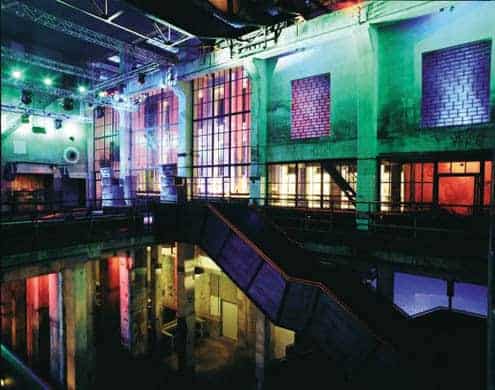
Though this may sound intimidating, these policies are designed to preserve the core purpose that Teufele and Thormann had in mind years ago, before Berghain and even before Ostgut – to give club-goers a place to enjoy high quality techno, and express and explore their own desires in a setting of freedom and complete privacy.
READ ALSO: Tulum — Luxury On The Yucatan Peninsula
Once inside, you are free to let yourself go, and to enter a world where indulgence and self-expression are king. Berghain is infamously a sexually driven environment, and the lower levels of the nightclub still feature ‘dark rooms’, where club-goers are free to engage in sexual activity with others. While this was arguably a more prominent factor in the club’s popularity during the Ostgut days, there’s no denying that it still draws people in today. If anything, there is an irony to the way that potential visitors are so heavily scrutinised at the door, as the whole reason that bouncers are so careful when allowing guests in is to ensure that everyone who enters ‘gets it’. Once inside Berghain, there is no judgement.
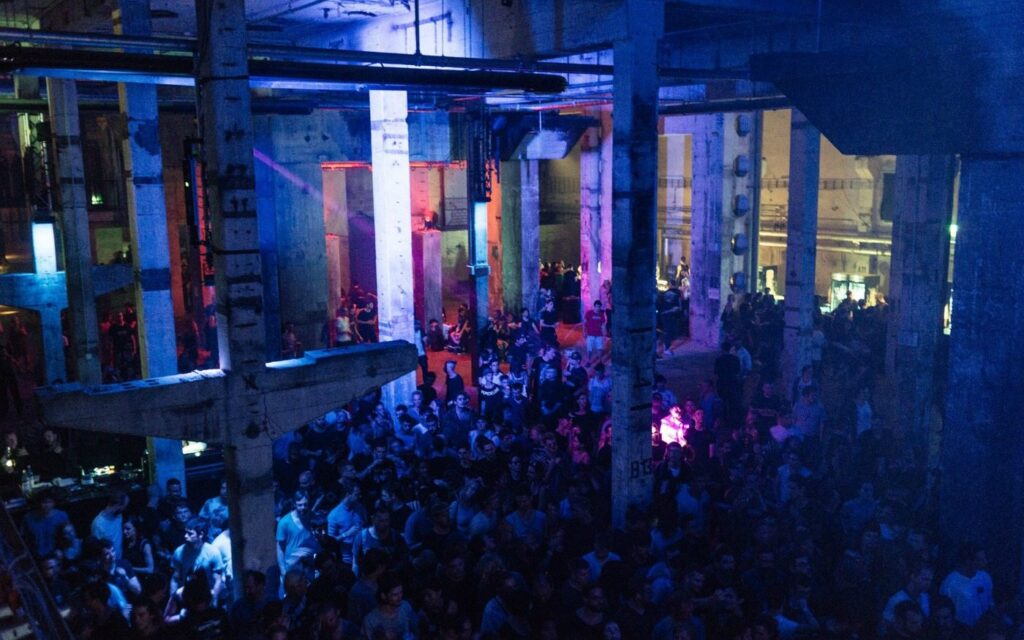
The parties are notoriously long. Journalist Helen Pidd once famously wrote that ‘no one arrives before 4am, and most stay until well past teatime’ – perhaps there’s something addictive about Berghain’s open-mindedness that keeps people there at all hours. Many have said in the past that it feels like entering a completely different world.
Berghain’s reputation is one of hedonism, decadence and, above all, secrecy – and secrecy is a difficult thing to hold onto in an age where we can document things more easily than ever before. For a nightclub to even attempt to maintain such a policy in the digital age, never mind to maintain it successfully, is unusual. Perhaps, this is one of the many factors that have led to Berghain becoming almost mythologised in popular culture today – in the 21st century, it’s surprising to us that there are still places seen only by those who have successfully visited them.
In any case, Berghain’s appeal doesn’t seem to be letting up. It’s on the bucket list of many who have heard of its infamous door policies, and are intrigued by the mystery surrounding it. There’s a draw to the secrecy, a factor of Berghain being not just ‘cool’, but ‘exclusive’, that keeps people coming back week after week – even if they didn’t make it past the door the first time.
It’s clear that Berghain isn’t simply just another nightclub, and represents something far more important, for those who visit. In a world where we can be judged on anything, Berghain is a world where you are judged for nothing, and can experience the freedom to be whoever you wish to be, for as long as the DJ plays.

